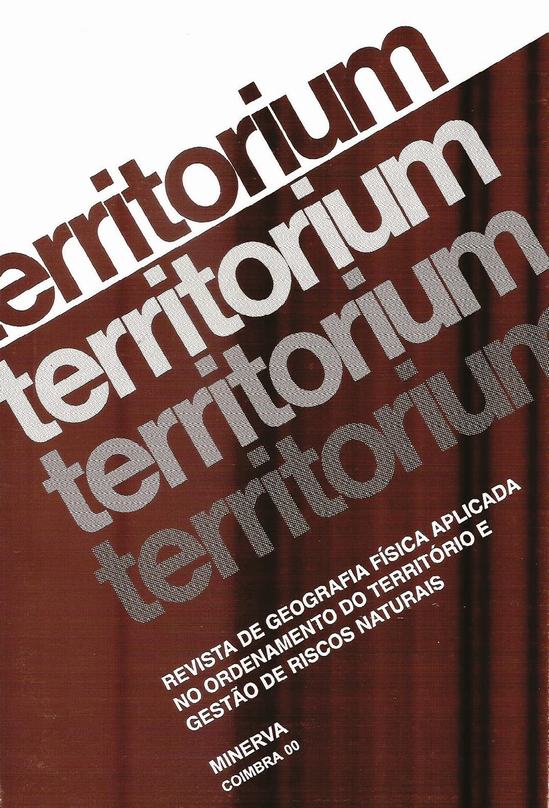Tsunami: generation and risks
DOI:
https://doi.org/10.14195/1647-7723_7_2Keywords:
Risks, tsunamis, earthquakes, numerical simulation.Abstract
A tsunami is a series of waves generated in a body of water by an impulse disturbance that displaces vertically the water column. Tsunamis are primarily associated with earthquakes in oceanic and coastal regions. Landslides, volcanic eruptions, nuclear explosions, and even impacts of cosmic bodies, like meteorites, can also generate tsunamis. A tsunami can have a period of about one hour and a wavelength in excess of 200 km. It is because of their long wavelengths that tsunamis behave as shallow-water waves. The speed o f a shallow-water wave is equal to the square root of the product of the acceleration of gravity and the depth of the water. The rate at which a wave "loses its energy" in inversely related to its wavelength. Since a tsunami has a very large wavelength, it will "Jose little energy" as it propagates. Hence in very deep water, a tsunami will travel at high speeds and travel great transoceanic distances with limited "energy loss".
Downloads
Downloads
Published
Issue
Section
License
Authors retain copyright and grant the journal right of first publication with the work simultaneously licensed under a Creative Commons Attribution License that allows sharing the work with recognition of authorship and initial publication in Antropologia Portuguesa journal.










